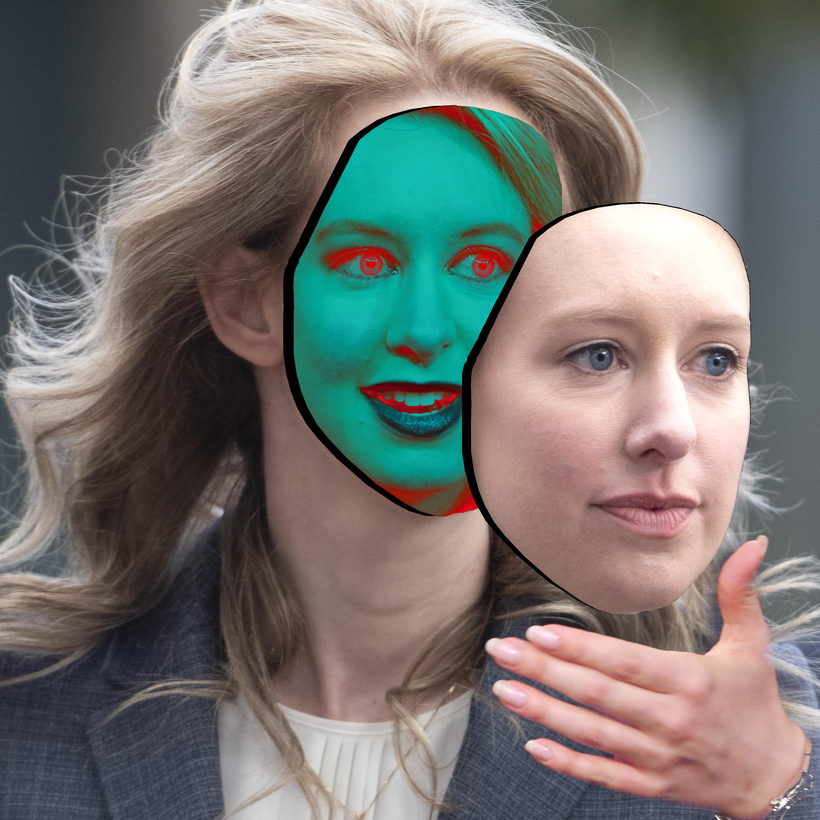In the media, there is a well-known rule of three. When something happens once, it’s an incident. Twice, it’s a curiosity. Three times, it’s a trend, a spike on a graph, a change of mood or a shift in weather, a moment when meetings are called and think pieces assigned.
Take the example of the criminally indicted appearing before juries in their own defense. Legal practice, as well as generations of courtroom dramas, tells us that such a thing, being folly, rarely happens. Giving their own version in court opens defendants to cross-examination, self-contradiction, a bad first impression, intemperate outbursts, and an array of uncontrollable third-party scrutiny.
And yet it has happened in the biggest cases, the nationalized trials, three times in the last four weeks. Kyle Rittenhouse took the stand, cried, and was acquitted, in that part of Wisconsin known to Midwesterners as “Sconi.” Travis McMichael took the stand, cried, but did not make much of a case for himself, and was convicted for the murder of Ahmaud Arbery in Brunswick, Georgia. In the coming weeks, we might even get to see alleged procuress Ghislaine Maxwell on the stand testifying on the comings of goings of Jeffrey Epstein and friends on “the Lolita Express.”

One convicted, one acquitted is a tie that will be broken when a California jury decides the fate of would-be start-up billionaire Elizabeth Holmes, who, following 11 weeks of prosecution, took the stand in her own defense this week, last week, and the week before.
She may have done it, in part, simply to show the jury her full self. Until then, she had appeared in a mask, which, as anyone who has been to the grocery store in the last 20 months can tell you, is dehumanizing. A mask means a hairline, a forehead, and two eyes, sometimes smiling, sometimes cold. It’s easier to hate someone in a mask, to forget her humanity—perhaps that adds to the rise in street crime. Holmes was wearing a gray suit and white blouse when she took the stand. Her long hair, which had been straightened and contained when she ran the world, had been untethered, set free. She removed her mask on the stand, turned to the jury, and smiled. That smile, and the words that followed, was, she must hope, step one on the ramp back to the light.
Until now we’d heard mostly about fraud: how Theranos falsified documents while selling its blood-testing machine; how tests were faked and patients given unnecessary scares as Holmes flew privately and camped in luxury hotels. She’d worn Steve Jobs–like black turtlenecks as she made her pitch, and dropped her voice a few octaves. It was not the device she was selling so much as herself.
On the stand, she finally got to tell the story from her side, pitch it as she’d once pitched investors. She started at the beginning, with her precocious childhood and her acceptance by Stanford, where, as a freshman, she experienced a light-bulb moment—I hate giving blood; I bet other people hate giving blood, too—that inspired her to come up with the Edison, a machine that would run hundreds of tests on a single drop of blood. “I started working all the time,” she told the jury, “trying to meet people who could help me build this.”
That smile, and the words that followed, was, she must hope, step one on the ramp back to the light.
The big message of her testimony, the substance of the defense, was as simple as her initiating idea: How can it be fraud if I believed it myself? (The prosecution must prove intent.) If there had been untruths, she explained, or cut corners, it came not from me but from those I hired (who told me what they thought I wanted to hear) or those who invested (who did not do proper due diligence).
Or it was the fault of her “abusive” Svengali of a boyfriend and business partner, Ramesh “Sunny” Balwani, who told her what to think, eat, and wear, and when to have sex. Near the end of her testimony, she said (and she was crying when she said it) that she had first turned to Balwani for emotional support while recovering from the rape that hastened her early exit from Stanford.
Lawyer friends tell me her testimony, often removed from the issues immediately at hand—what does any of this have to do with a finger-prick blood test?—is known in the legal trade as “a kitchen-sink defense.” Say it all and hope something sticks. I would note here, if it weren’t callous to do so, that recent history tells us that those who cry on the stand tend to walk free.
“She tried to shift the blame, ”The New York Times reported, “noting that she learned about Theranos’s technology from the scientists and doctors who worked in the company’s lab. She testified that she believed them when they said the technology worked.”

In other words, whatever else she happened to be (too trusting, too ingenuous), Holmes wants you to believe her intentions were pure, that if anyone had been fooled—the company, once valued at $9 billion, is currently worth basically nothing—it was Holmes herself.
From this, two questions arise. The obvious—is the jury buying it?—will have to wait for deliberation to be answered. The profound—why are defense lawyers violating what had once been considered common wisdom by putting the accused on the stand?—is currently being adjudicated by everyone with an opinion.
To some, it seems an obvious product of the quarantine, which has left us hungry for human contact. In removing her mask and speaking, Holmes is giving the jury what defense lawyers believe a jury wants: a face to go with the story, a person to illuminate the details, a young mother, daughter, and wife—all of this will make it harder to convict, especially when you know conviction means up to 20 years in prison for Holmes.
To some, it’s about the nature of the post-print age. This is a time of uploaded footage, five or six seconds of film devoid of context, uploaded onto social media, sowed in the whirlwind. To win an argument in such an atmosphere, you must carry the masses, and, to do that, you need a face to stand for the minutiae, and who has a better face than Elizabeth Holmes, who made a fortune not in labs or at blood-testing facilities but in conference rooms and corporate retreats, where she closed deals with big eyes and in authoritative tones that powerful men bought not because the device worked but because the package—the young woman, the female Steve Jobs with the solution to a problem that does not even exist—was too good to be worth anything less than billions.
We will now see if Holmes, who talked her way into this mess, has talked her way out.
Rich Cohen is a Writer at Large for Air Mail


